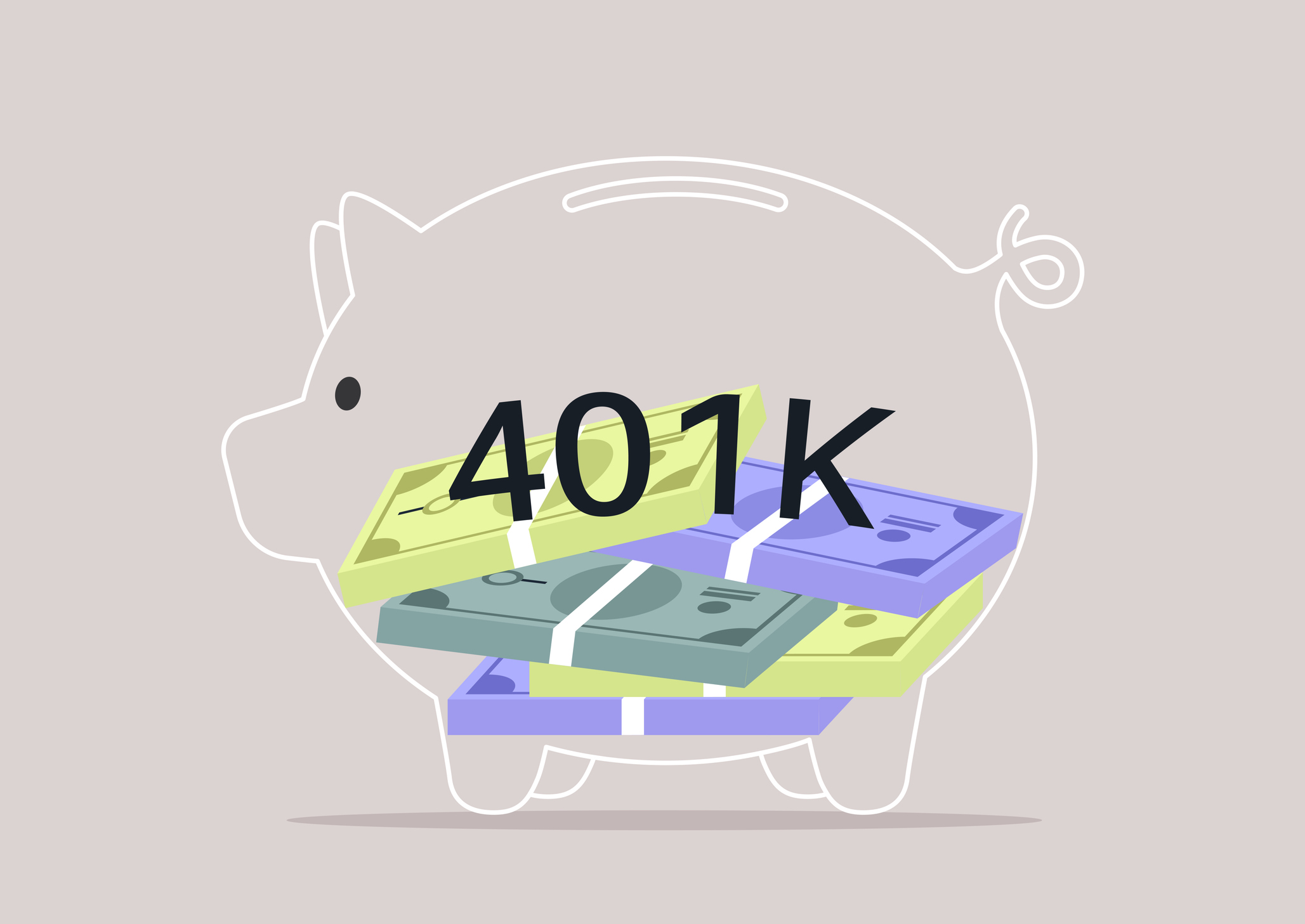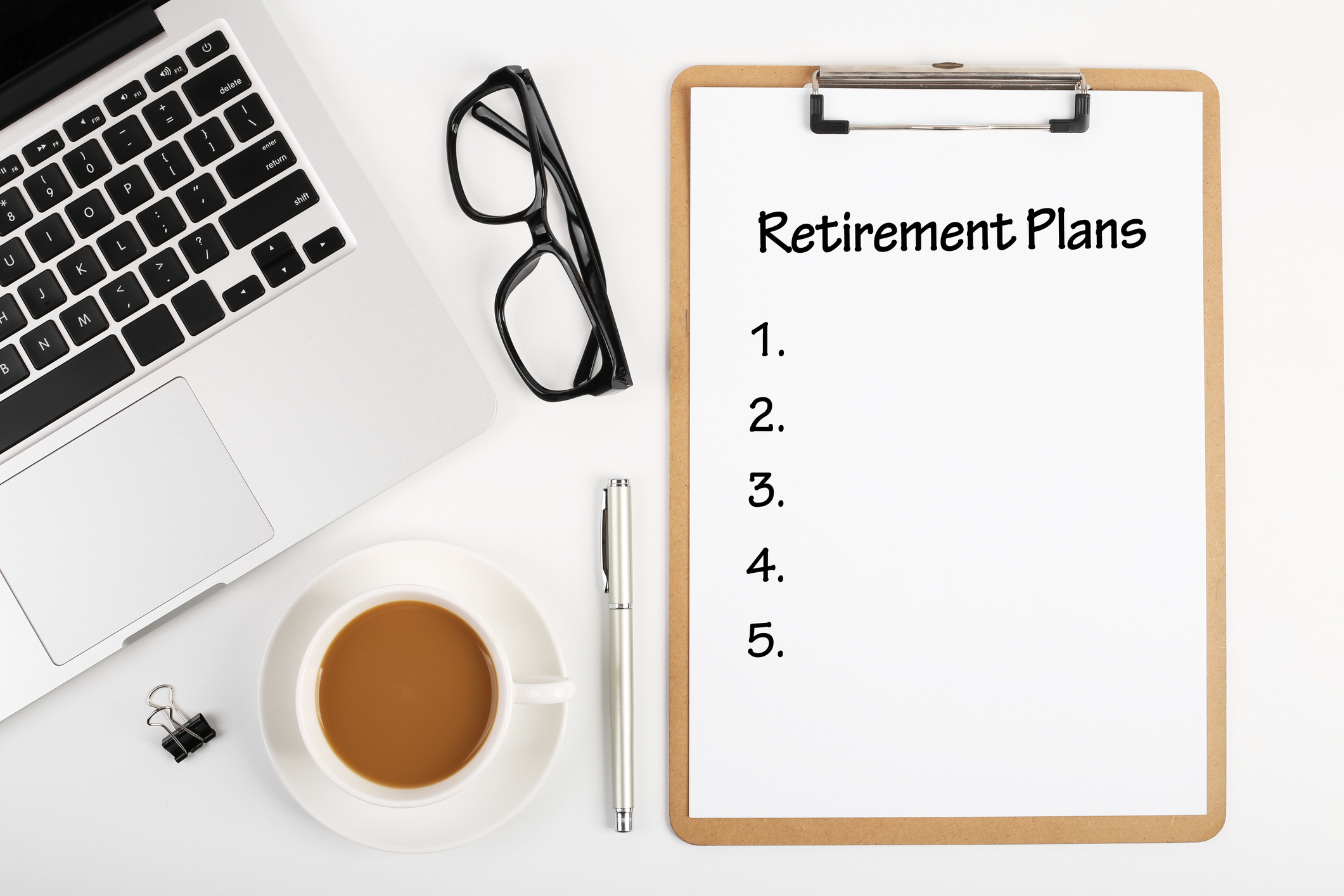I often dream about quitting my job.
Don't get me wrong. I love what I do, and I haven't been doing it that long -- I'm still in my twenties, after all. I know I have many years of work ahead of me. But I don't want to work forever, so I've already set a plan in motion to make my escape.
| Row 0 - Cell 0 | Retirement Savings Calculator |
| Row 1 - Cell 0 | Why You Need a Roth IRA |
| Row 2 - Cell 0 | 30-Minute Investing Start-Up Kit |
You should be dreaming, too. Retirement may be decades away, but all of us, no matter our job or how many rich relatives we have, can secure a comfortable future. The trick is to start now, in our twenties, while time is on our side.
From just $107.88 $24.99 for Kiplinger Personal Finance
Become a smarter, better informed investor. Subscribe from just $107.88 $24.99, plus get up to 4 Special Issues

Sign up for Kiplinger’s Free Newsletters
Profit and prosper with the best of expert advice on investing, taxes, retirement, personal finance and more - straight to your e-mail.
Profit and prosper with the best of expert advice - straight to your e-mail.
No pain, much gain
Even if you're not sure yet how you want to spend your retirement, start raising the money now. Doing so gives yourself the freedom to dream as big as you want, so your lack of funds can't hold you back.
Plus, the earlier you get going, the fewer sacrifices you'll have to make to save the money. I've said it before, and I'll say it again (and again, and again): Small contributions saved over a long time add up to big bucks! It's not hard if you begin young.
Say, for example, a 22-year-old gets his first job out of college and starts saving $200 per month. If he earns an average 10% annual return on his money, by age 65 he'd have $1.5 million, and it took minimal -- if any -- financial sacrifice. If he added a mere $67 per month on top of that, he'd be sitting on a cool $2 million in retirement.
Consider now that he didn't start staving until age 35. He'd have to scrape up $721 per month for the next 30 years to get $1.5 million, and $962 per month for $2 million. That may be doable, but it will probably require big cutbacks elsewhere in his life, especially if he's starting to save cold turkey.
Make saving a habit while you're young and you won't miss the money when it's gone. (Think you don't have enough money to start saving? See Save Money on Practically Everything for dozens of ways to free up cash in your budget.)
401(k) vs. IRA
Your first stop for retirement savings is your workplace 401(k) if your employer offers a match on your contributions, such as 50-cents for every dollar. That's free money, baby, and you shouldn't pass it up.
The 401(k) is named for a section of the tax code, but underneath its nerdy exterior, it's one smooth operator that'll help make your retirement dreams come true. (The 401(k) is also known as a 403(b) or 457 plan, depending on where you work.)
Basically, with a 401(k), your employer presents you with a list of pre-selected mutual funds. You choose which ones you want to invest in and tell your employer how much money you'd like to contribute each pay period. Then, those contributions are automatically taken out of your paycheck before taxes. (You get a tax break now, but you'll pay taxes on the money when you withdraw in retirement.) And if your employer offers a match on your money, it also is kicked in.
More employers are offering a choice between a traditional 401(k) and a Roth 401(k). In this case, go for the Roth. Your contributions with a Roth are taken out after taxes, so you won't get the tax break now. But withdrawals from a Roth 401(k) are tax-free in retirement -- when you will almost certainly be in a higher bracket. Translation: The Roth 401(k) is the better deal for most young adults.
If your employer doesn't match 401(k) contributions or offer a Roth 401(k), you would be better off maxing out a Roth IRA outside the workplace first, and then saving in your 401(k). As with a Roth 401(k), withdrawals from a Roth IRA are tax-free in retirement. (See Why You Need a Roth IRA to learn more.)
How much, and where?
How much, exactly, should you save? The IRS won't allow you to set aside more than $15,500 in your 401(k) and $5,000 in your Roth IRA for 2008. Within those limits, the amount you save is up to you.
Check your budget to figure out how much you can realistically save each month. Make sure you have room to set aside some money in a savings account for an emergency fund. Once your needs -- and a few wants -- are taken care of, it makes good sense to save as much as you can in your tax-sheltered retirement accounts.
With a 401(k) and Roth IRA, you are in charge of choosing your investments, so pick wisely. Most employer plans offer a variety of mutual funds, which are also great investments for your Roth IRA (see A Beginning Investor's Best Friend).
At this point, the majority of your portfolio should be in stock funds, which offer the most potential for growth. Start out with a diversified stock fund -- one that invests in a broad range of stock types -- so you're not putting all your eggs in one basket. So, for example, a mutual fund that mirrors the performance of the overall stock market is a good place to start (such as Fidelity Spartan Total Market Index). A fund of funds can provide good diversification (such as T. Rowe Price Spectrum Growth). And so-called target funds are also fine choices (T. Rowe Price, Fidelity and Vanguard each offer good selections).
Note of caution: Don't overload on your company's stock in your 401(k). If your employer goes under, you'd not only lose your job but also a good chunk of your retirement savings.
As your account balance grows, you can branch out your investments if you desire. (Check out Kiplinger's list of the 25 best mutual funds for portfolio ideas.)
It's important to periodically evaluate your savings plan -- say, once a year -- to make sure it's working well with your budget and your goals. Use our new retirement calculator to see if you are saving enough to get where you want to be down the road.
Profit and prosper with the best of Kiplinger's advice on investing, taxes, retirement, personal finance and much more. Delivered daily. Enter your email in the box and click Sign Me Up.

-
 'Humbug!' Say Consumers, Despite Hot GDP: Stock Market Today
'Humbug!' Say Consumers, Despite Hot GDP: Stock Market Today"The stock market is not the economy," they say, but both things are up. Yet one survey says people are still feeling down in the middle of this complex season.
-
 The SEC Is Concerned for Older Investors and Retirement Savers. Here's What You Should Know
The SEC Is Concerned for Older Investors and Retirement Savers. Here's What You Should KnowThe SEC focusing on older investors, retirement and college savers, and private securities. Here's how those changes impact you.
-
 Vesting, Catch-Ups and Roths: The 401(k) Knowledge Quiz
Vesting, Catch-Ups and Roths: The 401(k) Knowledge QuizQuiz Test your understanding of key 401(k) concepts with our quick quiz.
-
 10 Retirement Tax Plan Moves to Make Before December 31
10 Retirement Tax Plan Moves to Make Before December 31Retirement Taxes Proactively reviewing your health coverage, RMDs and IRAs can lower retirement taxes in 2025 and 2026. Here’s how.
-
 The Rubber Duck Rule of Retirement Tax Planning
The Rubber Duck Rule of Retirement Tax PlanningRetirement Taxes How can you identify gaps and hidden assumptions in your tax plan for retirement? The solution may be stranger than you think.
-
 What Does Medicare Not Cover? Eight Things You Should Know
What Does Medicare Not Cover? Eight Things You Should KnowMedicare Part A and Part B leave gaps in your healthcare coverage. But Medicare Advantage has problems, too.
-
 Estate Planning Checklist: 13 Smart Moves
Estate Planning Checklist: 13 Smart Movesretirement Follow this estate planning checklist for you (and your heirs) to hold on to more of your hard-earned money.
-
 Backdoor Roth IRAs: Good for Wealthy Retirees?
Backdoor Roth IRAs: Good for Wealthy Retirees?Financial Planning A backdoor Roth IRA is a tax loophole that enables wealthier individuals to earn tax-free income. But it's complicated.
-
 Buying Annuities in Your 401(k)
Buying Annuities in Your 401(k)Financial Planning More plans are offering annuities that could provide income in retirement. Here’s what you need to know.
-
 Smart Strategies for Couples Who Run a Business Together
Smart Strategies for Couples Who Run a Business TogetherFinancial Planning Starting an enterprise with a spouse requires balancing two partnerships: the marriage and the business. And the stakes are never higher.
-
 Build an Inflation Hedge Around Retirement
Build an Inflation Hedge Around RetirementFinancial Planning Inflation brings two headaches for retirees: stretching a fixed income to meet rapidly rising prices and investing a retirement savings portfolio so that it keeps pace with the higher cost of living. Here are some strategies to avoid the pain.
